Built Development Guidance Documents
The guidance documents below seek to aid all interested parties to deliver the vision and priorities contained within the Malvern Hills AONB Management Plan. Using and adhering to this guidance will help to implement the policies contained within the Management Plan which ‘formulate local authority policy for the management of the AONB and for the carrying out of their functions in relation to it’ (Section 89 of the Countryside and Rights of Way Act, 2000).
The AONB Management Plan is a material consideration in relation to decision-marking for development management and forward planning. Delivering against the guidance contained within these documents will also assist public bodies in their statutory duties to have regard to the purposes of conserving and enhancing the natural beauty of the AONB in exercising or performing any functions in relation to, or to affect AONB land (Section 85 of the Countryside and Rights of Way Act, 2000).”
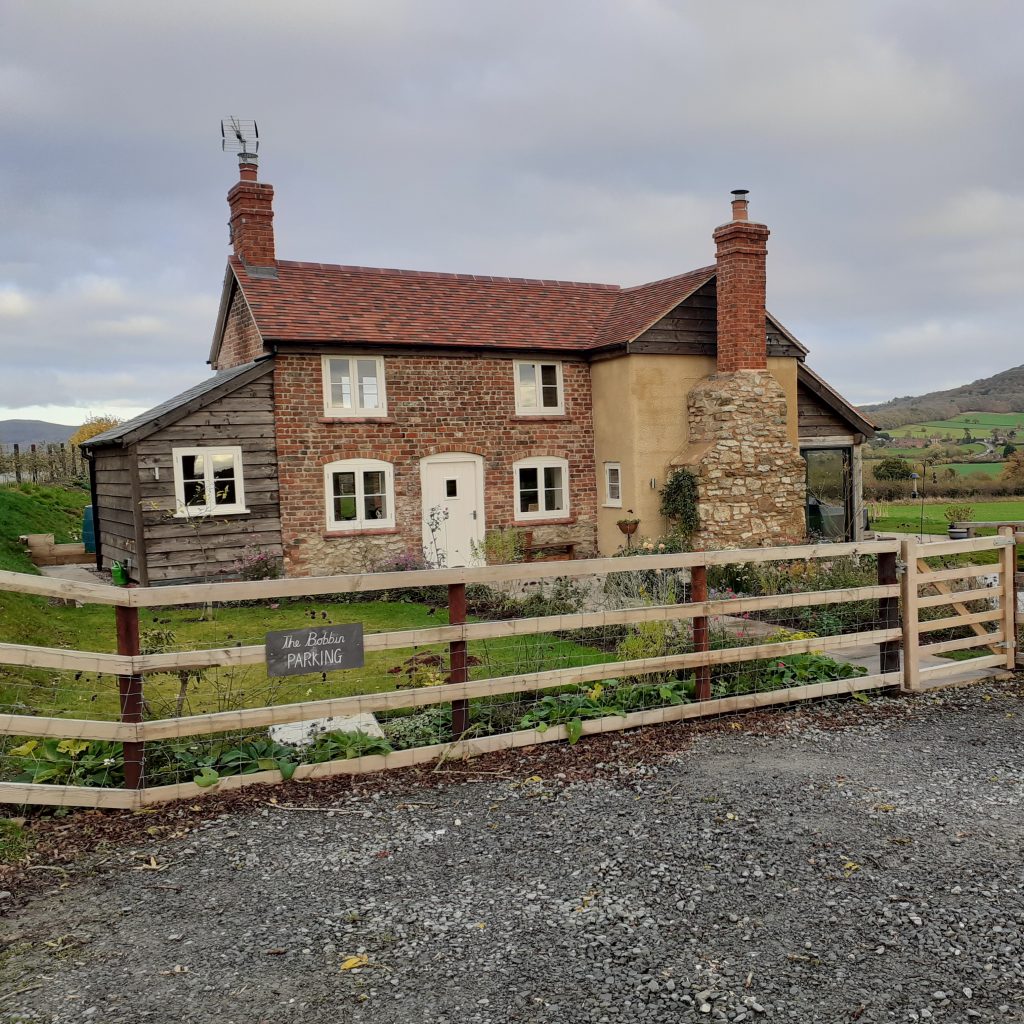
Building Design
This guidance outlines how new development can make a positive contribution to conserving the AONB landscape and its natural beauty. It aims to ensure that the character of a place is recognised and used to inform change.
Download the Building Design Guide
Download the Building Design Guide Consultation Summary

Colour in Development
Colour makes an important contribution to the special character and local distinctiveness of the AONB. This guidance provides direction on the selection and use of colour associated with new development
Download the Guidance on the Selection and Use of Colour
Download the consultation summary for this guidance
Search the Guidance by postcode
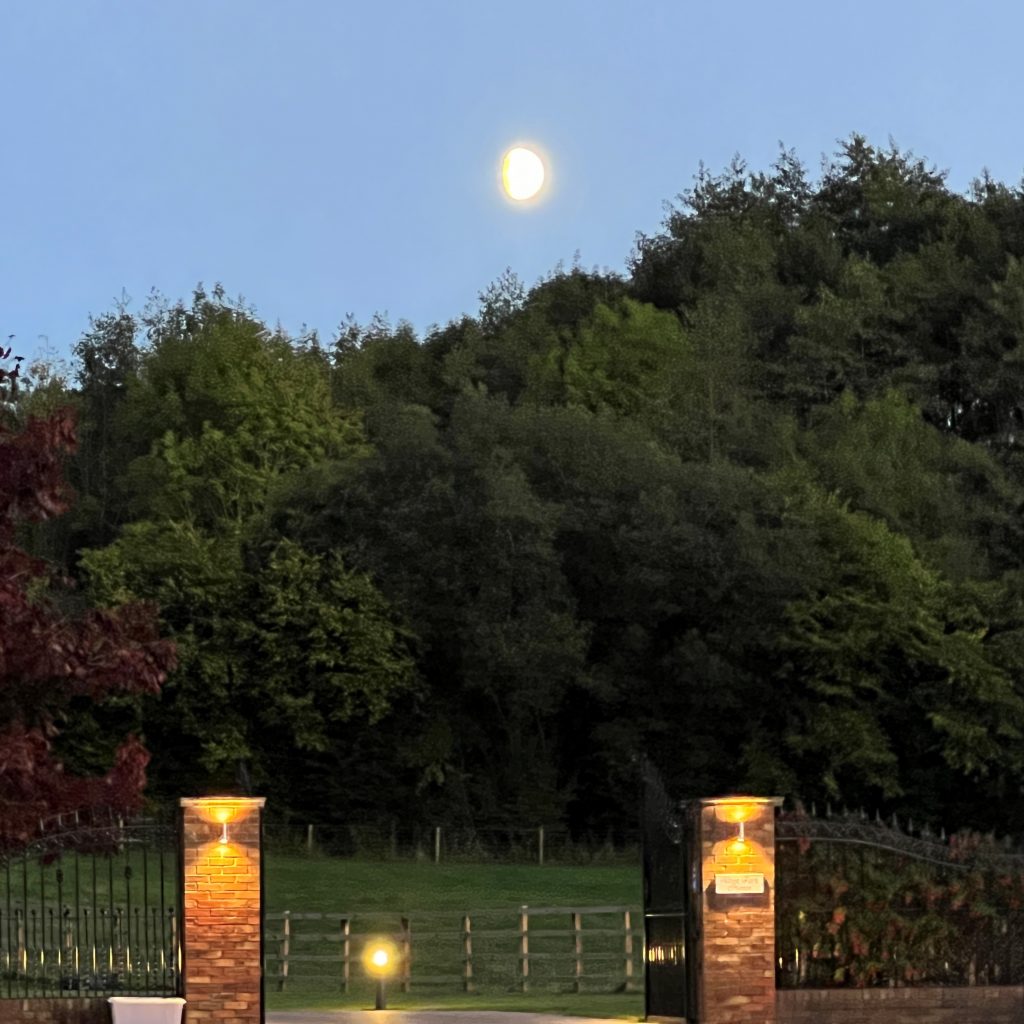
Lighting
The purpose of the guidance is to protect the night sky over the Malvern Hills Area of Outstanding Natural Beauty by promoting good practice in external lighting and minimising internal light spill
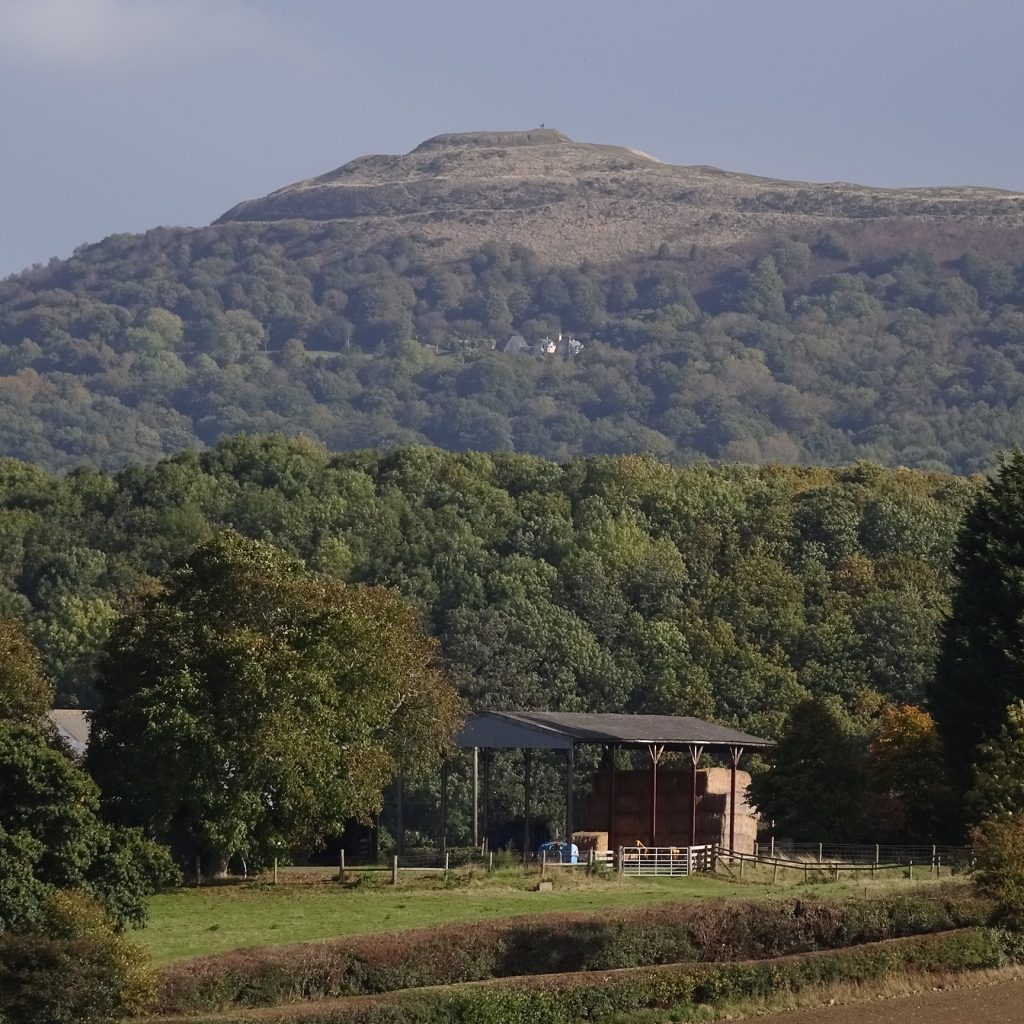
Agricultural Permitted Development Rights
This guide to agricultural permitted development rights compiled by the South Downs National Park, is a useful guide to the ever-changing legislation affecting Protected Landscapes. The local planning authority should be contacted for the final say.
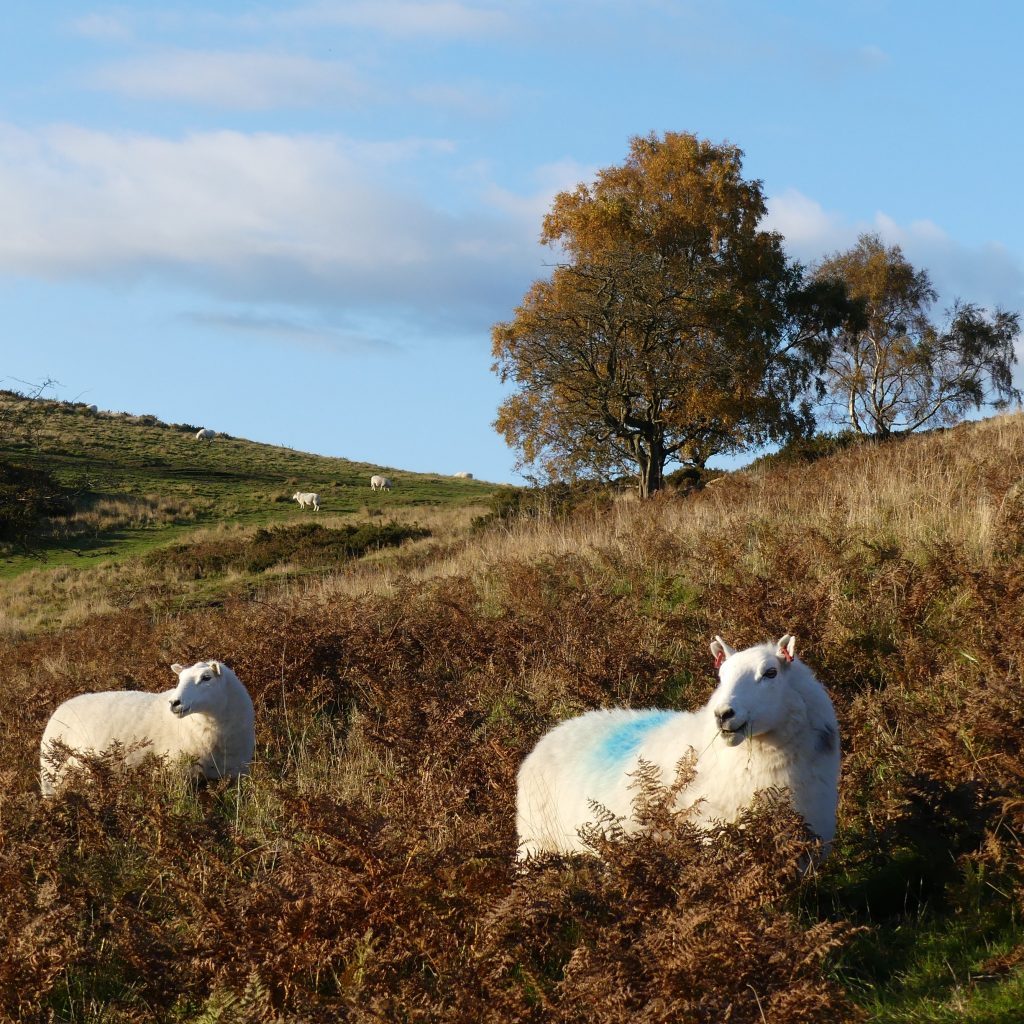
Landscape Strategy and Guidelines
This guidance sets out how the different landscapes of the Malvern Hills AONB can be best managed to maximise character, condition and sustainability.
Download the Landscape Strategy and Guidelines
Search the Landscape Strategy and Guidelines by postcode
Download the consultation summary for this work
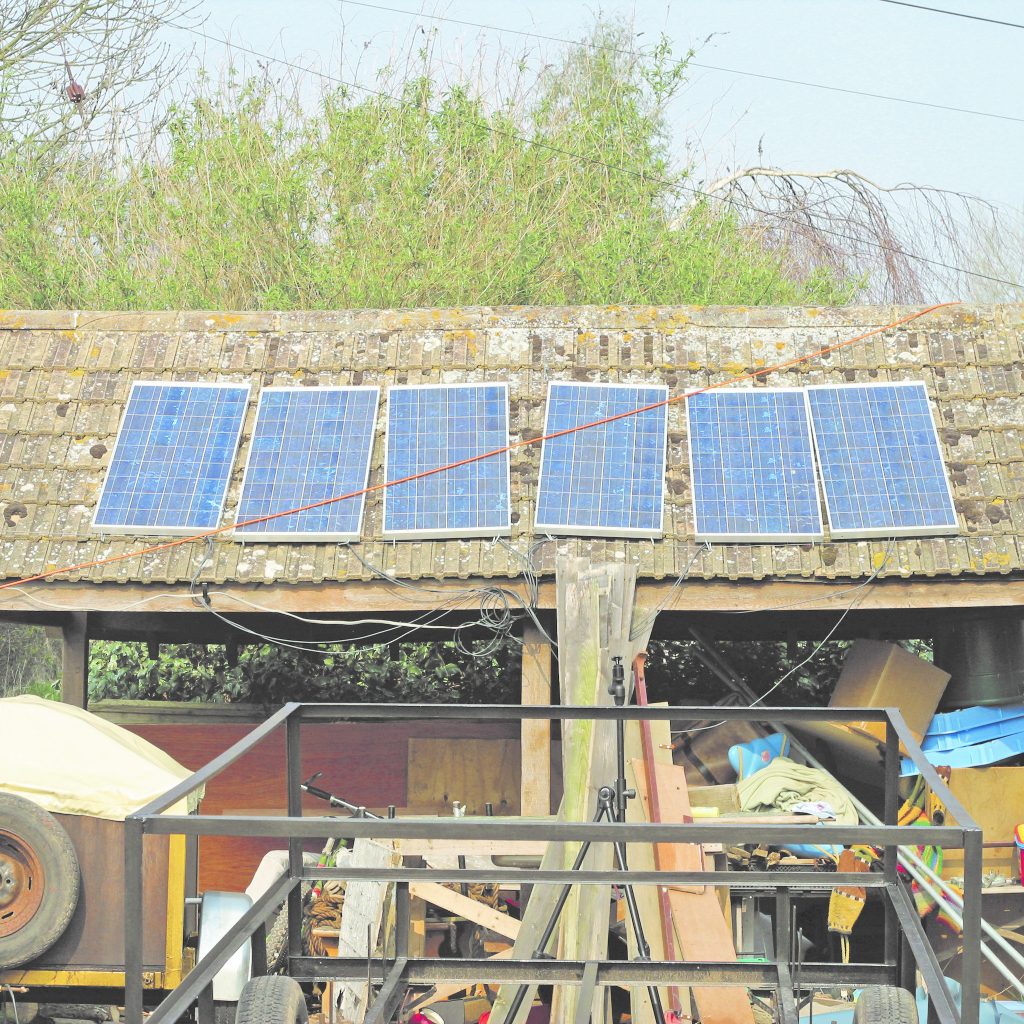
Solar Panels
This guidance is being updated, but in the meantime Planning Portal gives generic advice on planning permission for Solar Panels.
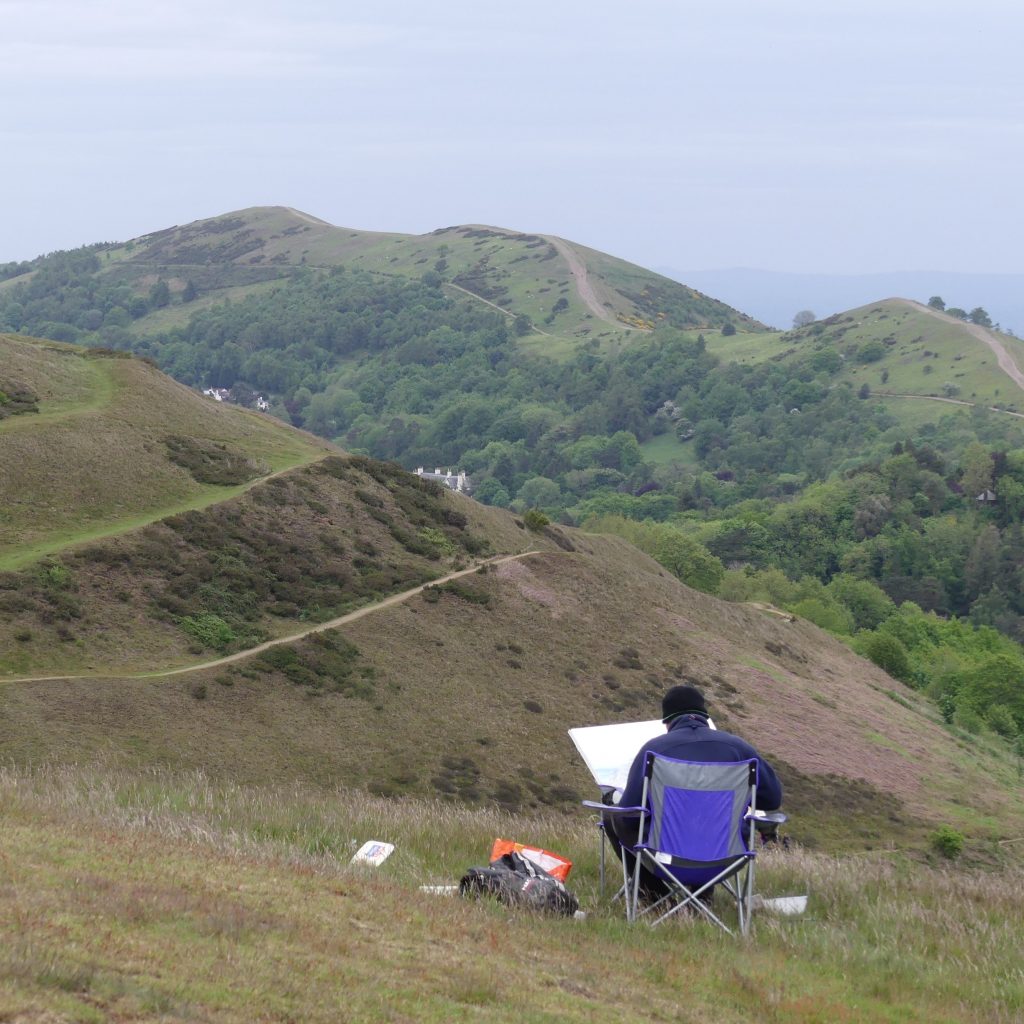
Views and Viewpoints
This guidance helps identify and grade the importance of views and associated viewpoints around the AONB. It can be used to help make a judgement about how a proposed development or change in land use will alter views.
Download the guidance on Identifying and Grading Views and Viewpoints
Download the consultation summary for this work
Download proforma: Grading viewpoints and views from the Malvern Hills
Download proforma: Grading viewpoints and views towards the Malvern Hills
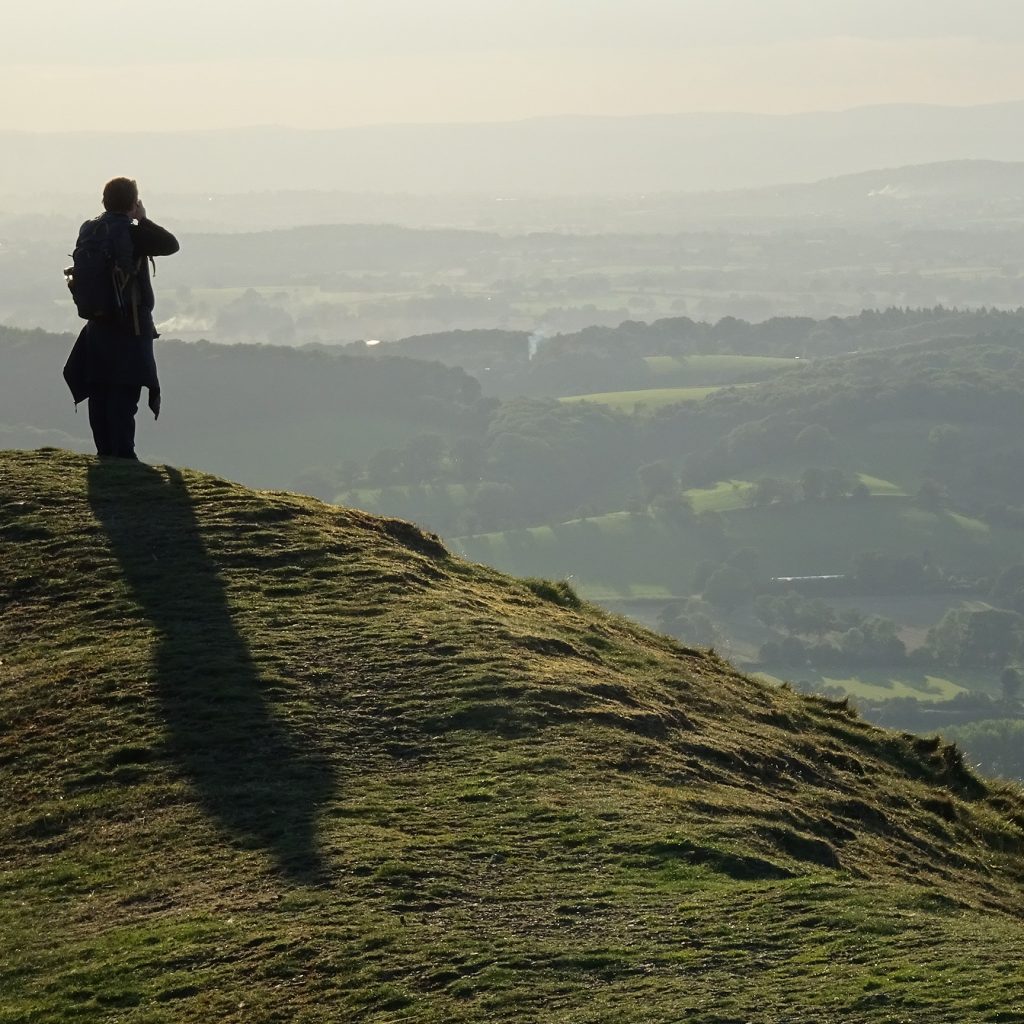
Respecting Landscape in Views
Further to the above guidance, this sets out a number of principles which should be considered by those involved in planning new developments. It focuses on helping conserve and, where possible, enhance views, both to and from the AONB.
Download the Guidance on how Development can Respect Landscape in Views
Download the consultation summary for this work
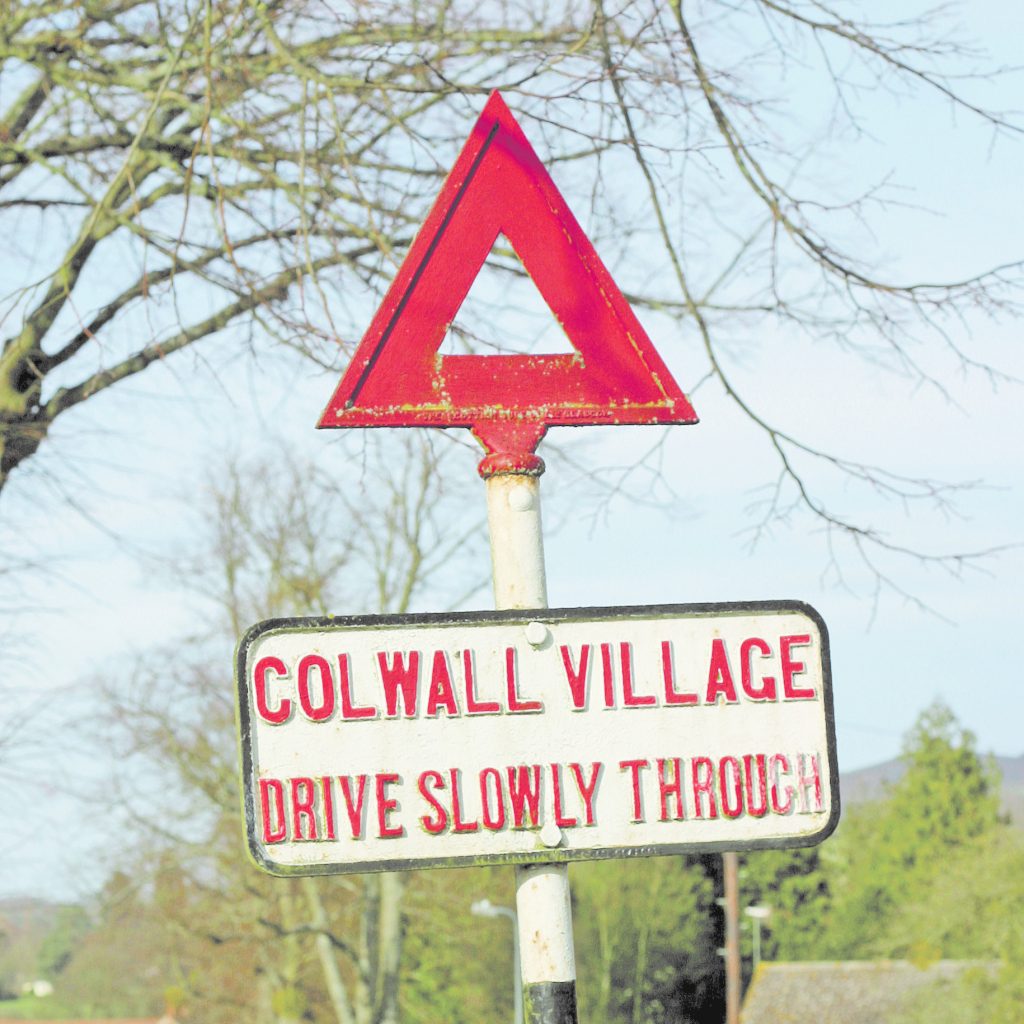
Highway Design
This guidance aims to ensure that the road signs and markings around the AONB are clear and fit for purpose in preventing accidents, whilst respecting the special character of the area.
Download the guidance on Highway Design
Download the consultation summary for this work
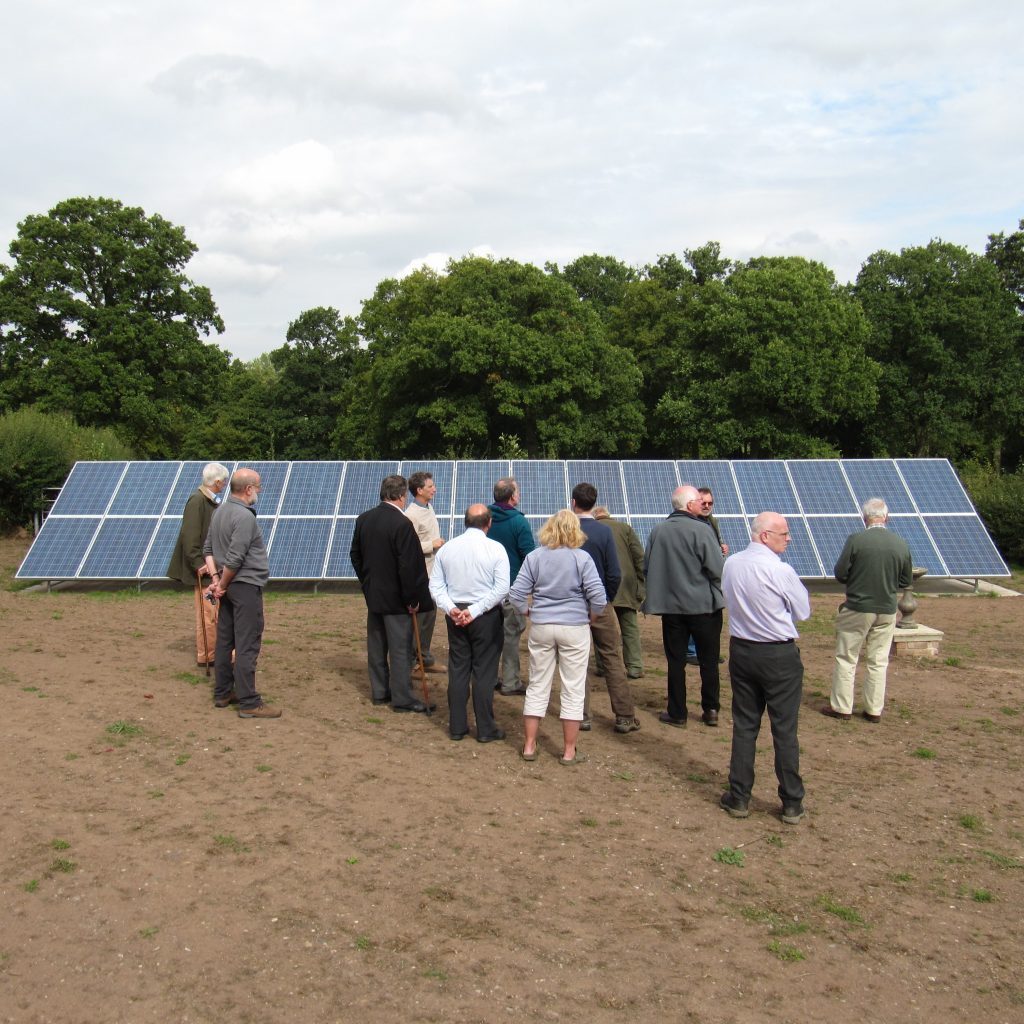
Renewable Energy Technologies (Small Scale)
The Malvern Hills AONB Partnership is supportive of small scale renewable energy schemes which do not impact negatively on the AONB. These notes provide a simple guide as to how people can reduce the impact of renewable energy technologies on landscape, biodiversity and the historic environment. This guidance has no formal status.
Download the solar energy guidance
Download the wind energy guidance
Download the heat pumps guidance

Guidance on Horse Related Development.
This guidance is about how to do the best for your horse and the landscape.
